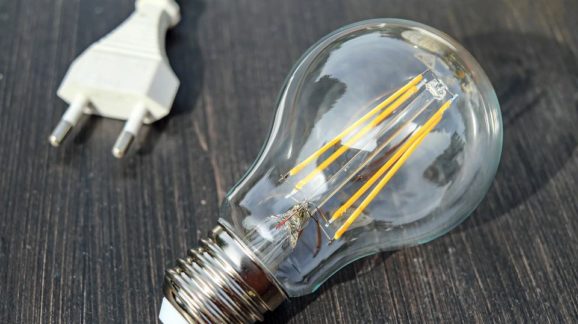2019: A Great Year for Light Bulb Freedom

Whatever else one may say about 2019, it was a banner year for consumer choice when it comes to light bulbs, culminating in the December 20th decision by the Department of Energy (DOE) declining to regulate them any further.
Like many bad ideas from Washington, light bulb regulations had bipartisan support. President George W. Bush signed a massive 2007 energy bill authorizing the DOE to set energy efficiency standards for light bulbs. These provisions were enthusiastically and aggressively implemented by the Obama administration, including some regulations expanding the reach of these rules that were finalized on January 19, 2017, one day before Donald Trump took office.
At issue is the common incandescent light bulb, under attack by the swamp as an inefficient relic that contributes to climate change. And there are plenty of swamp creatures—career bureaucrats, environmental activists, lawyers and consultants—who make a nice living deciding what kinds of lighting the public can buy. They wanted to see Edison’s light bulb go extinct.
But this year, the Trump DOE has done a complete 180 on this policy. Last October, it reversed the last-minute Obama light bulb rules that would have expanded the restrictions to specialty products like 3-way bulbs. And on December 20th, in complying with a statutory requirement to consider tightening the existing standards, it has decided not to do so—a very good thing since the agency’s analysis showed that a tougher standard would raise the price of a new incandescent bulb to $7 each, effectively removing them from the marketplace. In fact, the economics of a new standard is so anti-consumer that DOE estimated it would take fully six years to earn back the higher up-front cost of a compliant incandescent bulb in the form of energy savings, which far exceeds the expected two-year life of such bulbs. The Competitive Enterprise Institute and a dozen other free-market organizations filed comments with DOE supporting the decision not to crack down further on incandescent bulbs.
Granted, the incandescent haters do have a point—alternatives are available that are generally better for most purposes. No, not the twisty compact fluorescent bulbs which for years were touted as the next big environmental breakthrough, but suffered from high cost and poor light quality. More recently, companies have since come up with very good light emitting diode (LED) bulbs that are both more energy efficient and longer lasting than incandescents. They are gaining market share, without need of a government mandate. However, LEDs still cost more and are not yet up to par with incandescent bulbs for certain functions, such as dimming. No less an authority than our Commander-in-Chief said “I look better under an incandescent light.”
Whether or not that is true, what Trump does get, and so many others don’t, is that the issue isn’t whether LEDs are better than incandescent bulbs. The real issue is who ought to decide such things, consumers or the government. In 2019, Trump took a sharp turn from previous administrations by trusting consumers to make choices for themselves.